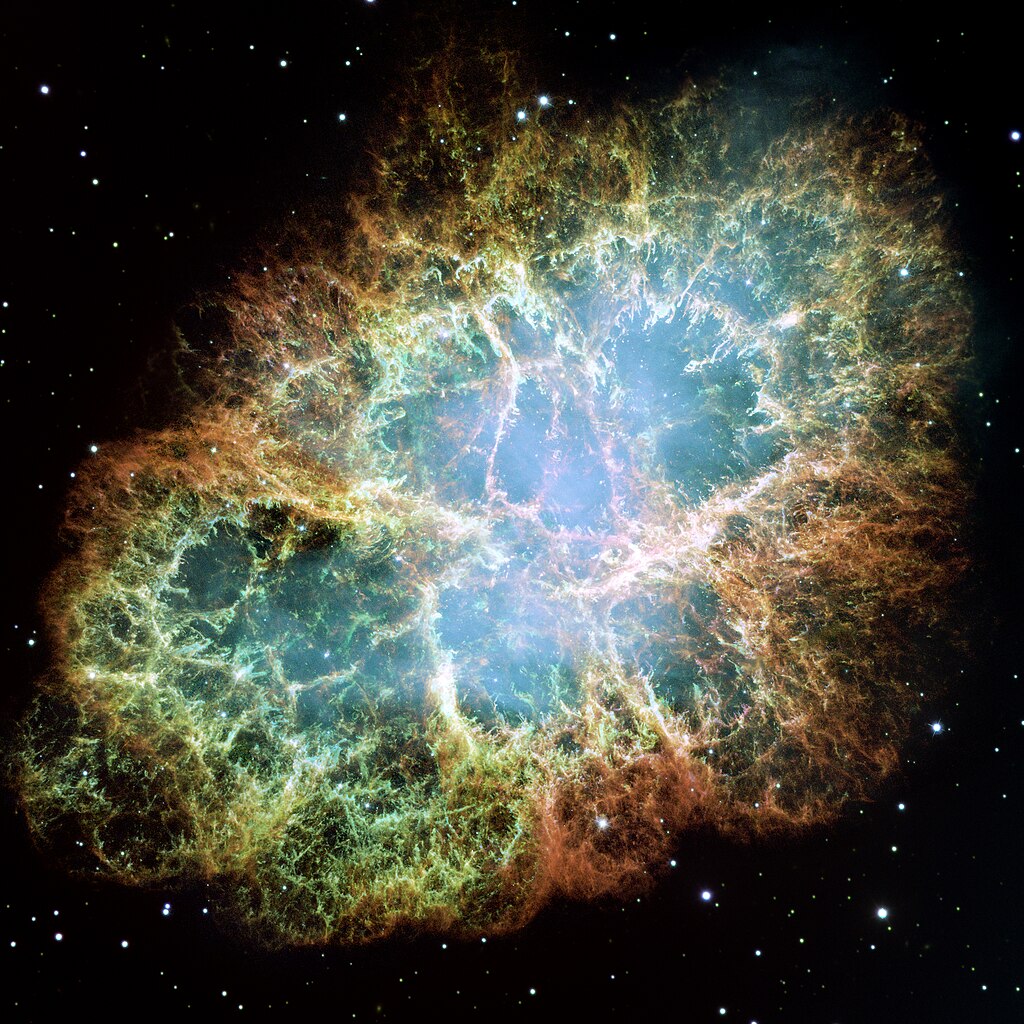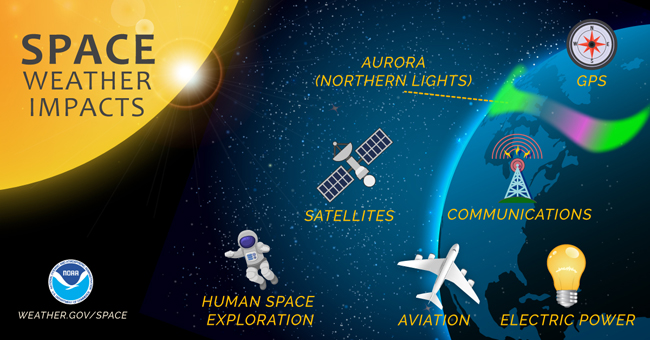I have always found that teaching deepens my understanding of the material, whether that was in a formal teaching position, private tutoring, or by helping my fellow classmates. There’s nothing like the feeling when my explanation or analogy helps an idea “click” in my students’ minds. My goal as an instructor is to facilitate an inclusive, accessible course that enables every student to succeed.
Learn more about my teaching methods here!
Teaching Philosophy
I believe that teaching should be accessible to everyone and a “one size fits all” model of teaching often suits no one particularly well. I took an online calculus-based AP Physics course in high school and struggled alone to make sense of the material. When I got to my first physics classes at RIT it was like night and day. I excelled in the classrooms specially designed for active learning and integrating lecture, lab, and discussion. With short periods of lecture and example problems followed by periods of working out problems with my classmates, I was able to get individualized help from the instructor and work with my classmates to tackle difficult problems. As instructor of record for The Solar System at Boston University in the summer of 2023, I emulated this model
As part of RIT’s Learning Assistant program, I took a 2-credit course in STEM pedagogy. This course helped me not only to become a better teacher, but also to become a better learner. In this course, we read and discussed pedagogy research papers. The paper “The Implications of Cognitive Studies for Teaching Physics” by Edward F. Redish was especially influential on me, particularly this sentence:
…the changes in our society and in the role of technology for the general public mean that we must change the way we are teaching. It no longer suffices to reproduce ourselves. Society has a great need not only for a few technically trained people, but for a large group of individuals who understand science.
Edward F. Redish, 1994 (emphasis added)
For education to be inclusive, it must be accessible. I use and advocate for the research-backed framework Universal Design for Learning (UDL). In architecture, the concept of Universal Design means creating a space that is accessible to every person, regardless of their mobility needs. It is the difference between a ground-level entrance and a ramp tacked onto the back of a building. In learning, this means providing multiple means for the “how,” “what,” and “why” of learning. I suggest following the link in this paragraph to learn more about the framework and guidelines and find further resources. While it is not feasible or even necessary to follow every one of the guidelines when teaching a course, I strive to continually improve the accessibility of my teaching over time and these guidelines have been very helpful in that process. In the summer of 2022, I served as a UDL consultant for BU’s Center for Teaching and Learning, and wrote an article about using these guidelines as a graduate teaching assistant in lab and discussion sections, which you can read here: Applying UDL in Lab and Discussion Sections.
Teaching Astronomy and Physics
I also think astronomy is a powerful tool for bringing people together. It gives us a sense of our very tiny place in the universe and that we all share a common home: Planet Earth. It encourages students to think on timescales longer than the human lifetime, and connects us to our ancestors, who looked up and saw the same Moon, Sun, and stars. (Check out this interactive website comparing the constellations across many cultures.) Today we can even see the remnants of a stellar explosion observed by Chinese and Japanese astronomers who lived a thousand years ago!

When teaching astronomy and physics, I hope to convey not just facts, but an intuitive understanding of how the world works. I also want to give my students the tools to understand and critically analyze news about science that they may encounter in the future. Broadly, I like to discuss with my students current or upcoming spacecraft missions and why we care about what they’ll find, what it would mean if JWST detects a biomarker in an exoplanet atmosphere, the cause and effect of global climate change, space weather that could affect satellite communications or even our electrical grid, and more.

Teaching Experience
I started teaching my second semester of undergrad and have a great breadth and depth of experience. This includes the challenge of suddenly transitioning a lab course online after the COVID-19 outbreak in the Spring 2020 semester, teaching online-only discussion sections, and teaching labs in a hybrid setting (online and in-person).
Summer 2023: Instructor of Record for The Solar System. Classes were two hours, four days a week for six weeks. There were 14 students enrolled.
Spring 2023: Head teaching fellow for three courses: AS100 – Cosmic Controversies, AS101 – The Solar System, and AS203 – Principles of Astronomy 2 (major course). In this position, I assisted first year teaching fellows learn how to effectively lead lab and discussion sections, and tips for grading well and efficiently.
Courses I have taught at BU as a graduate Teaching Fellow
AS100 – Cosmic Controversies (three semesters, including two as senior TF)
AS101 – The Solar System (five semesters, including one hybrid and one as senior TF)
AS105 – Alien Worlds (one semester, online-only)
AS202 – Principles of Astronomy 1, major course (one semester as senior TF)
AS203 – Principles of Astronomy 2, major course (two semesters, including one during Spring 2020 that was transitioned online and one as senior TF)
Courses I taught at RIT as a Learning Assistant:
Phys 150 – Intro to Special Relativity (one semester)
Phys 211 – University Physics I (two semesters)
Phys 212 – University Physics II (two semesters)
Phys 111 – College Physics I (two semesters)
Feedback
I collect feedback throughout the semester to understand where I can best direct my efforts for the particular group of students that semester. I take anonymous end-of-semester evaluations seriously as well.
I cannot overstate how much respect I have for Professor McDonough’s pedagogy. Her persistent and ongoing action to make her class as interesting and engaging and accessible to her students was very palpable to me. I loved learning about science until the stress of high school science classes very much quelled my love of science, but in this class I got to again feel relaxed and excited when learning about a scientific topic, which was such an amazing feeling, especially after such a long time of having science classes be a huge source of stress. The way that Prof taught the class really made it feel like she was on our team, like she wasn’t trying to make us stressed and was genuinely just there to help us learn and help us enjoy learning. Stuff like having a free textbook with video alternatives, designing tests to only take an hour, asking us for feedback for extra points on tests, having a project that we were supposed to be creative with and use our strengths, these were just a few examples of ways she made the class feel welcoming and non-hostile. Also her enthusiasm is so infectious! I found it infectious. What a delight to have a teacher who is so excited about her subject!
-anonymous course evaluations, emphasis added